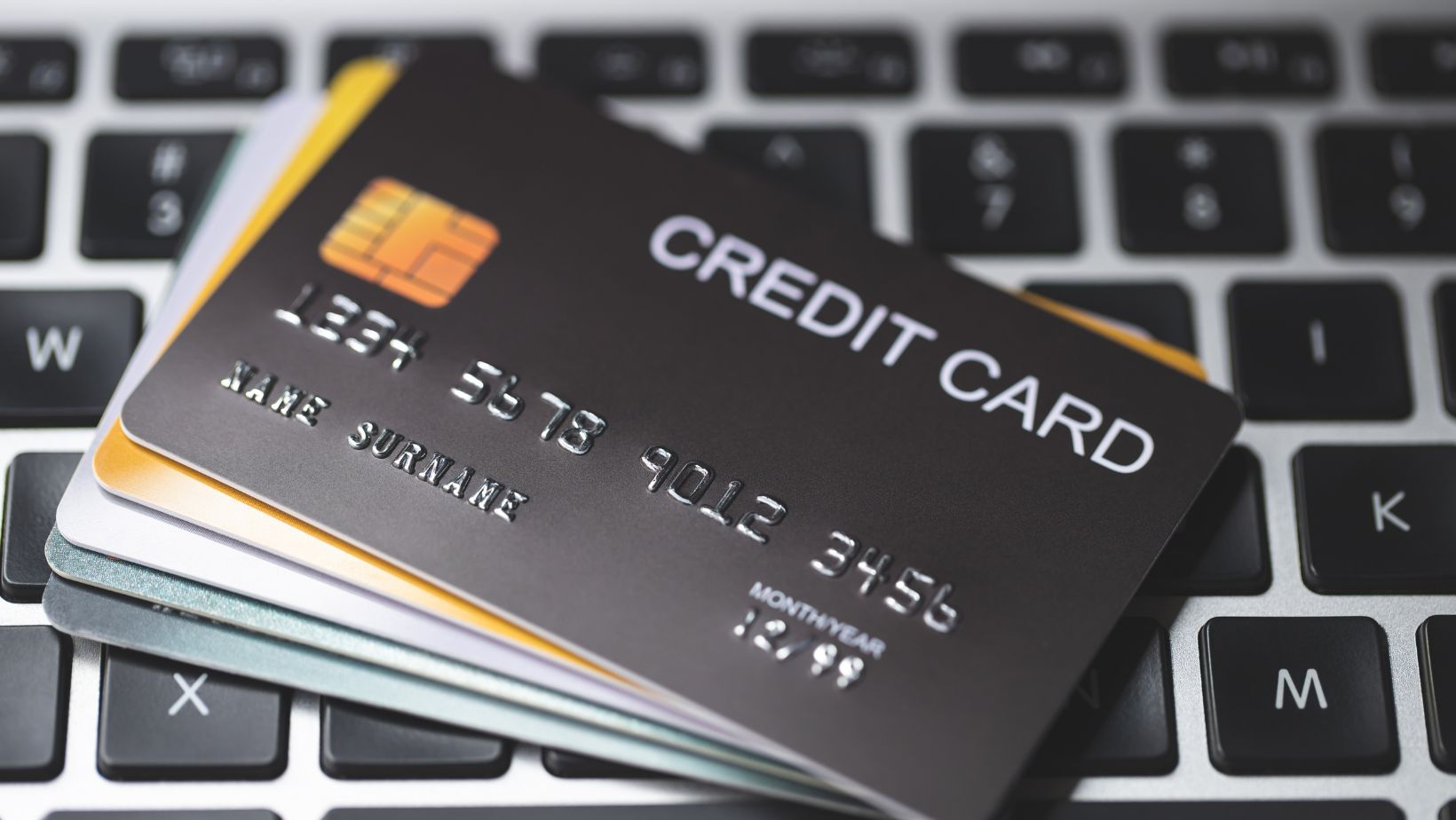Spending real money in the majority of modern games is tied to specific goals – unlocking a competitive battle pass, adding a rare weapon to an arsenal, or opening new levels that are not available in the base game. These transactions take place across PCs, consoles, and mobile devices, and the channels through which these are performed can affect speed, security, and overall cost. Payment options range from credit cards and digital wallets to prepaid cards and cryptocurrency, each with distinct benefits. Knowing how these methods work helps players choose the one that best matches their gaming style and budget.
Cryptocurrency – Privacy And Global Reach
Cryptocurrency gives players a way to pay without sharing personal banking details with a game publisher or payment processor. Transactions use wallet addresses instead of names or card numbers, which reduces the risk of identity theft or unauthorized account access. Players eager to keep their financial information private see these benefits as a significant advantage over traditional methods.
These privacy protections, combined with the ability to make purchases from developers anywhere in the world without extra fees or banking delays, also work in situations where games offer early token sales. Buying tokens through a crypto presale can offer the potential for financial gain alongside bonuses for early participants, while giving players access to exclusive in‑game rewards and the chance to try new game modes before the public release. As more developers add support for coins such as Bitcoin and Ethereum, cryptocurrency is becoming a practical choice for both everyday purchases and participation in limited early offers.
Credit And Debit Cards – Familiarity And Instant Clearance
When a player chooses a payment method that approves transactions within seconds, items tied to limited-time events can be secured before they sell out. Credit and debit cards provide this level of speed at most gaming stores, which makes them a dependable choice for buying season passes, in‑game currency, or exclusive bundles without delay.
Banks back these cards with security features that help protect against fraud. Real‑time purchase alerts give players immediate visibility over every transaction, and abnormal spending patterns often trigger additional checks before charges are finalized. Many issuers also reimburse losses from confirmed unauthorized purchases, which provides an additional layer of safety when buying from unfamiliar publishers or across regions.
Main drawbacks are that banks may block large or frequent payments until they are verified, and which can disrupt attempts to secure high‑value content before the offer expires, and that fees might increase the overall cost of the items bought.
Digital Wallets – Security And Cross-Platform Ease
Digital wallets keep payment details safe in one account that players can use on consoles, computers, or phones without entering information repeatedly. Services like PayPal, Apple Pay, and Google Wallet encrypt this data, so game companies never receive full card numbers, reducing the chance of fraud.
These wallets add protection by requiring verification steps before approving payments. Methods like fingerprint scans, face recognition, or one-time codes block unauthorized purchases, even if someone else uses the device. According to the Statista report on mobile payments with digital wallets, Apple Pay, PayPal, and Alipay are expected to grow fastest worldwide, with an 18 percent annual growth rate through 2030 and a 65 percent share of e-commerce. This growth means more games will support wallets, which will allow players to buy content quickly and securely on any device.
In-App Purchases – Speed Inside Mobile And Free-To-Play Models
In-app purchasing allows players to buy items, currency, or upgrades without leaving the game screen. This design keeps the action uninterrupted and makes it simple to act on offers tied to specific stages or events.
Microtransactions like these fund much of the content in free‑to‑play and mobile titles. They allow developers to add new levels, characters, and challenges without charging an upfront fee for the game. For players, this can mean regular updates and a steady supply of optional extras.
According to the Global Social Gaming Strategic Research Report, the market is valued at $41.4 billion in 2023 and is expected to nearly triple by 2030. For players, this indicates that in‑app purchasing will remain a central part of game design, with developers continuing to create content that rewards optional spending. Setting personal spending caps can help keep these purchases within budget.




















